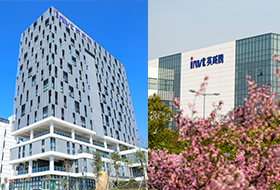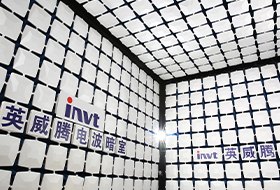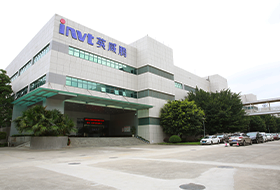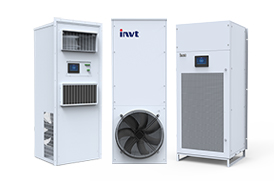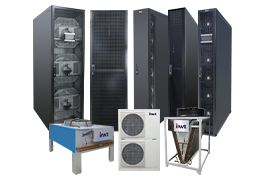Security and green are the main directions of data center development
In the future, data centers will have three major characteristics: safe and reliable, integrated and minimalist, and low-carbon and green. Specifically, they will also show different technological evolution trends in terms of products, systems, and architecture.
Uptime data shows that from 2019 to 2022, the proportion of incidents involving data center business interruptions causing losses exceeding US$100,000 increased from 39% to 71%, and the proportion will continue to increase as the demand for computing power increases. In the future, data centers will have three major characteristics: safe and reliable, integrated and minimalist, and low-carbon and green. Specifically, they will also show different technological evolution trends in terms of products, systems, and architecture. We predict that in 2024, the development of data centers will see the following new changes.
Highly reliable products + professional services are the key to ensuring the safe and reliable operation of data centers
Data centers carry the task of storing, processing, and transmitting massive amounts of data, ensuring the stable operation of various systems in thousands of industries. However, the security and reliability of data centers have always been weak links. To ensure that the data center can operate safely and reliably, we must implement the concept of "full chain security" in product design and production. At the same time, we strictly control the quality of the production line, achieve a high degree of automation, reduce human intervention, and ensure the high reliability of the product itself.
Distributed refrigeration architecture will be the preferred option to ensure temperature control safety
Traditional large data centers mostly use a centralized cooling architecture, such as a traditional chilled water system. The freezing station in this system includes seven subsystems and dozens of equipment. Each piece of equipment cannot operate independently. Once a single point of failure occurs, it may affect the safe operation of the entire freezing station, leading to a large-scale data center outage. In contrast, the distributed cooling architecture is flexible and each subsystem is independent of each other. The failure of a single device will not affect the operation of other devices. The fault domain is smaller and the reliability is higher. It can directly avoid the single-stage cooling system of the data center from the architectural design. eliminate potential risks in operation and improve the operational reliability of the data center.
Predictive maintenance modules will become standard in data center infrastructure
Maintenance of data centers is often post-incident maintenance, and the problem will be known only after an accident occurs. However, with the advent of the era of intelligent computing, the fault response time of data centers will be greatly shortened. In the future, in terms of operation and maintenance of data center infrastructure, predictive maintenance modules will become standard, and maintenance will shift from post-event to pre-emptive.
Prefabrication and modularization will become the preferred options for high-quality and rapid delivery of data centers
Under the traditional construction model, data center construction is slow and the project is complex, which cannot well meet users' needs for rapid deployment. Therefore, prefabricated and modular solutions with shorter construction cycles and higher quality will become the first choice. Through the "engineering productization" and "product modularization" solutions, the company integrates the software and hardware of the data center in the factory and completes prefabrication and pre-debugging to ensure that high-quality products are delivered on-site, which can effectively shorten the delivery cycle and It can also meet the needs of customers to quickly go online.
To tap the potential of energy efficiency PUE, we need to shift from focusing on component efficiency adjustment to focusing on system engineering optimization.
Improving data center energy efficiency requires a change of thinking. We must shift from focusing on component efficiency adjustments to focusing on system engineering optimization. We must use systems engineering thinking to comprehensively examine and make trade-offs between realistic constraints and component technology improvements to arrive at the optimal solution, such as UPS. Shifting from double conversion mode to S-ECO (smart online mode) can help us optimize end-to-end data center energy efficiency.

 networkpowersales@invt.com.cn
networkpowersales@invt.com.cn
